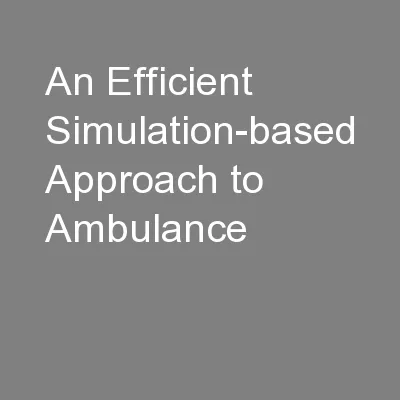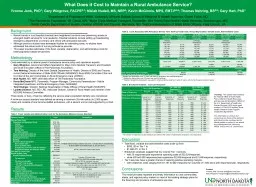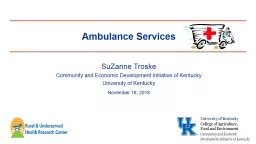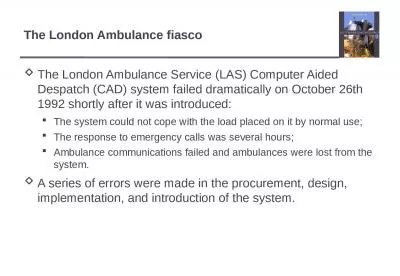PPT-An Efficient Simulation-based Approach to Ambulance
Author : alexa-scheidler | Published Date : 2016-06-29
Fleet Allocation and Dynamic Redeployment Yisong Yue CMU amp Lavanya Marla CMU amp Ramayya Krishnan CMU DataDriven Simulation Evaluation most accurate via simulation
Presentation Embed Code
Download Presentation
Download Presentation The PPT/PDF document "An Efficient Simulation-based Approach t..." is the property of its rightful owner. Permission is granted to download and print the materials on this website for personal, non-commercial use only, and to display it on your personal computer provided you do not modify the materials and that you retain all copyright notices contained in the materials. By downloading content from our website, you accept the terms of this agreement.
An Efficient Simulation-based Approach to Ambulance: Transcript
Download Rules Of Document
"An Efficient Simulation-based Approach to Ambulance"The content belongs to its owner. You may download and print it for personal use, without modification, and keep all copyright notices. By downloading, you agree to these terms.
Related Documents














